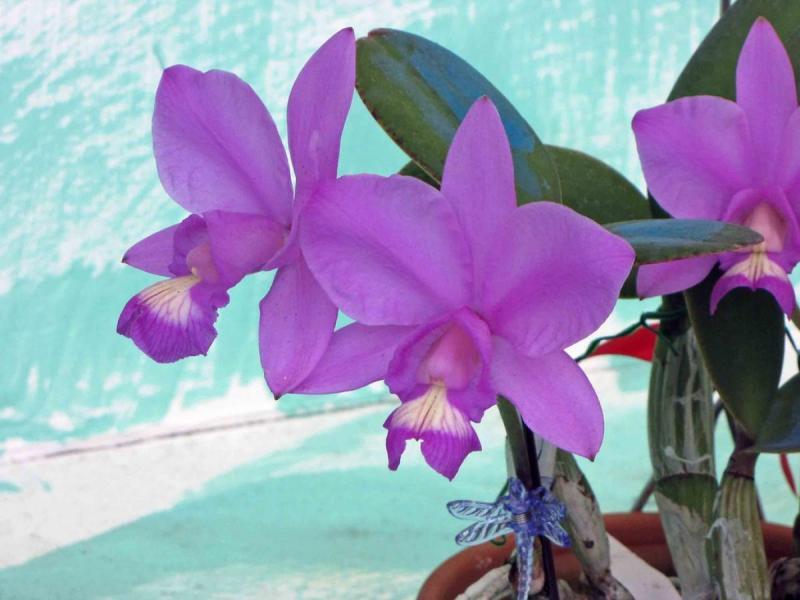Cattleya nobilior
Also known as: Noble Cattleya or Cattleya nobilior h.v. amaliae h.f. alba Cattleya nobilior h.f. coerulea Cattleya nobilior h.f. semialba Cattleya nobilior h.f. rubra Cattleya nobilior h.v. nobilior Cattleya nobilior var. alba Cattleya nobilior f. alba Cattleya nobilior f. hugueneyi Cattleya nobilior f. amaliae Cattleya walkeriana var. nobilior Cattleya nobilior var. amaliae Cattleya nobilior var. hugueneyi in the subfamily: Epidendroideae
Native to: Amazonas - Brazil
General Information
Noble Cattleya is a sympodial warm growing epiphytic orchid belonging to the sub family Epidendroideae native to Brazil.
Plant Description
Sympodial. Grows to 8-10cm. Each new growth has numerous elliptic leaves that grow to 2.5-6cm long. Pseudobulbs grow to 2-7cm
Flowers
Numerous long lasting, fragrant blossoms appear during Winter and Spring
Fragrance
The orchid is fragrant. The fragrance can be described as faint
Blooming Season
- Spring
- Winter
Substrate(s)
- Bark
Care Notes
These orchids have a fine root system that can quickly die back if left dry for too long, but also does not like to be kept wet, so water regularly but ensure that the mix is dry before watering.
Fragrant:- IsFragrant
Climate
Grows at low elevations. Rainfall ranges from 0mm to 333mm per day, heaviest in June and lightest in February. Humidity ranges from 60% to 94%, highest in July and lowest in February. Temperature ranges from 12C to 32C, highest in March (18C to 32C) and lowest in January (12C to 27C).
Fertiliser
Apply liquid based fertiliser per recommended directions. They can benefit from a high phosphate fertiliser leading up to flowering season, followed by a high nitrogen fertiliser when new growth appears, and a balanced fertiliser in other times. These orchids can also tolerate slow release fertiliser applied 1-2 pellets per cup (250ml) of media.
Apply fertiliser regularly at half strength year round. Use a high Nitrogen fertiliser during Spring and Summer. Use a high Phosphorous fertiliser during Summer.Potting
Due to the growth nature of these plants they are best mounted onto cork, tree fern slabs, or even trees if the climate suits. Water regularly especially in hot weather.
This plant does well mounted to Tree trunks, Fern slabs or Cork slabs.




















